



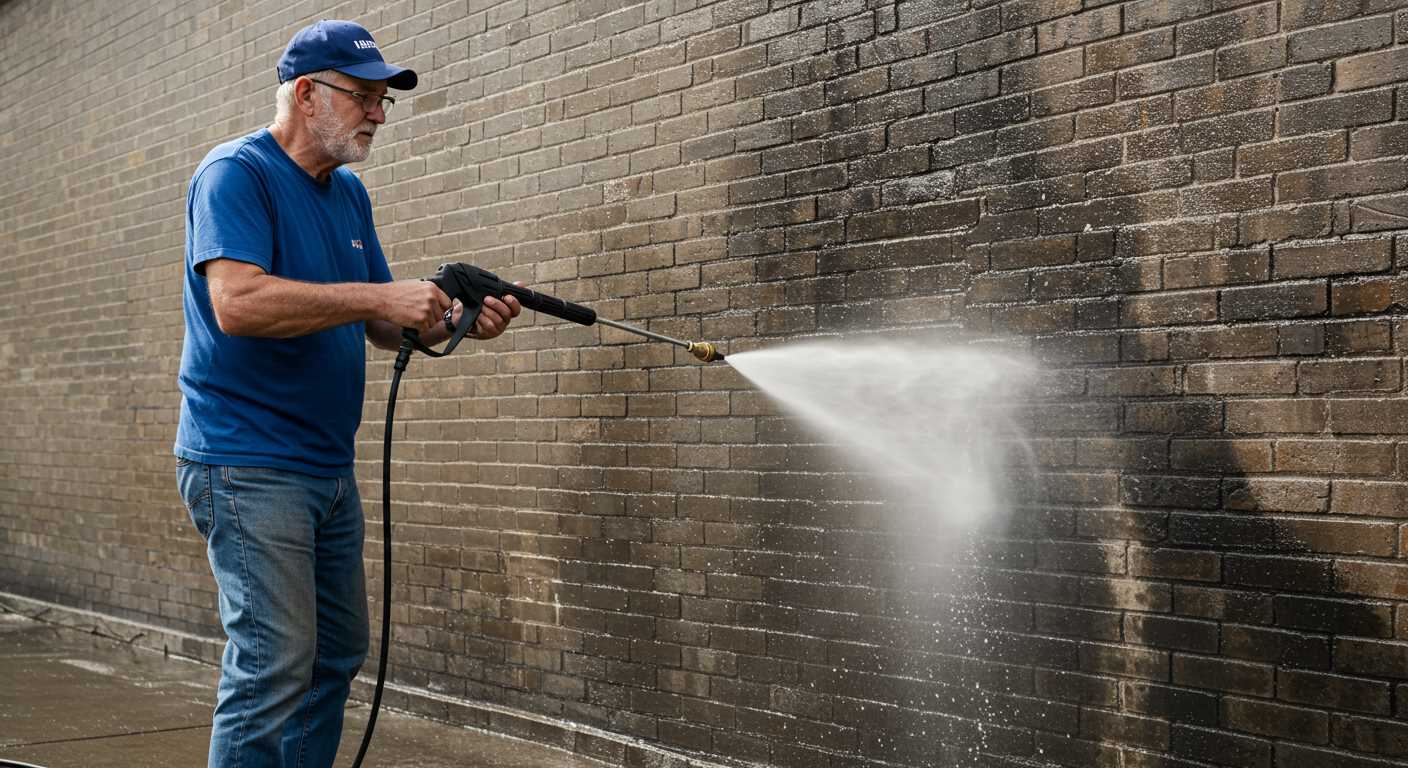
Choosing the right cleaning machine hinges on understanding the specifications that matter most. First, pay attention to the pressure rating, measured in PSI (pounds per square inch). I recall a time when I opted for a model with 3000 PSI, thinking it would handle any task effortlessly. While it excelled at tough jobs, it was overkill for lighter cleaning, leading to potential damage on delicate surfaces.
Water flow rate is another critical factor. Measured in GPM (gallons per minute), this figure impacts how quickly you can complete tasks. A machine with a lower GPM may save you money but could extend your cleaning time significantly. I once used a unit with a mere 1.2 GPM, and I found myself spending hours on a driveway that could have been cleaned in half the time with a 2.5 GPM model.
Don’t overlook the type of motor. Electric versions are quieter and easier to maintain, while gas-powered units provide more power for larger jobs. I’ve owned both types; my gas-powered machine was a beast for heavy-duty tasks, but the electric one was my go-to for quick clean-ups around the house.
Lastly, consider the accessories and attachments available. A variety of nozzles can significantly enhance the versatility of your device. I remember purchasing a unit that came with interchangeable nozzles, which made it incredibly adaptable for different cleaning scenarios–from washing the car to tackling grime on the patio.
Understanding Pressure Ratings and Their Impact on Cleaning
Focus on the PSI (pounds per square inch) and GPM (gallons per minute) ratings. These two metrics will determine how effective a unit is for your specific tasks. A higher PSI means more force, while a greater GPM indicates more water flow. Together, they influence your cleaning efficiency significantly.
Choosing the Right PSI
For lighter tasks like washing cars or cleaning patio furniture, a model with a PSI rating between 1300 and 2000 suffices. When tackling tougher jobs like stripping paint or cleaning grimy driveways, aim for 2500 PSI or higher. I once tried to clean a heavily soiled driveway with a 1600 PSI unit. It took ages, and the results were underwhelming.
- 1300-2000 PSI: Ideal for cars, bikes, and patio furniture.
- 2000-2500 PSI: Suitable for decks, fences, and outdoor equipment.
- 2500+ PSI: Best for concrete, heavy-duty jobs, and industrial use.
Understanding GPM and Its Role
GPM plays a critical role in rinsing away dirt and debris. A unit with a higher GPM will wash surfaces faster, making it more efficient. For instance, during my experience with a 2.5 GPM model, I noticed that cleaning a large deck took half the time compared to a 1.5 GPM machine.
- 1.5 GPM: Acceptable for small, quick jobs.
- 2.0 GPM: Good balance for home use.
- 2.5 GPM and above: Optimal for larger areas and tough stains.
Keep in mind that combining high PSI with low GPM may not yield the best results. In my experience, a balance between these two numbers is key to achieving effective cleaning without causing surface damage.
Always consider the specific cleaning tasks you plan to undertake and match the pressure ratings accordingly. Doing so will save you time, effort, and possible frustration down the line.
Choosing the Right Nozzle Types for Various Tasks
Opt for the appropriate nozzle to maximise cleaning efficiency. For tough stains and grime, a zero-degree nozzle delivers a concentrated jet of water, ideal for removing paint or stubborn dirt from hard surfaces. However, use it cautiously to avoid damaging delicate materials.
For a broader cleaning area, a 15-degree or 25-degree nozzle is preferable. The 15-degree variant works well on concrete and brick, while the 25-degree nozzle is effective for wood and siding, providing a good balance between power and coverage.
I recall a time when I tackled a weathered deck. Switching from a zero-degree to a 25-degree nozzle transformed the task. The broader spray cleaned the wood without stripping away too much of its surface, preserving the finish.
For tasks that require gentler handling, such as washing vehicles, a 40-degree nozzle is the best choice. This nozzle disperses water over a wider area, making it less likely to damage paint finishes while still effectively removing dirt and grime.
If you need to apply detergent, look for a soap nozzle, usually a wider angle. This nozzle allows for effective soap application followed by a rinse with a different nozzle for thorough cleaning.
Using the right nozzle can save time and prevent damage. Consider your specific cleaning needs and select accordingly. For additional accessories, check out garden hoses for pressure washers to ensure optimal performance and reach.
Evaluating the Importance of Flow Rate in Performance
Focus on flow rate, measured in litres per minute (LPM), as it significantly impacts cleaning efficiency. A higher flow rate means more water is delivered to the surface being cleaned, which can enhance the overall performance of the machine. From personal experience, I’ve found that a model with a flow rate of around 10-12 LPM can tackle most household tasks effectively, while commercial models often exceed 15 LPM for heavy-duty cleaning.
In my time testing various models, I discovered that flow rate is particularly crucial for certain applications. For instance, when cleaning large driveways or decks, a higher flow rate allows debris and dirt to be washed away more quickly, reducing the time spent on the task. Conversely, if you are working on delicate surfaces like car paint or wooden furniture, a lower flow rate combined with appropriate nozzle selection can provide sufficient cleaning power without causing damage.
Consider the balance between pressure and flow rate. A machine with high pressure but low flow may struggle to remove grime effectively, while one with a lower pressure but higher flow can often achieve better results in many scenarios. During a recent project, I used a unit with a modest pressure rating but a strong flow rate to clean a patio covered in moss. The results were impressive, as the water swept away the debris effortlessly.
When evaluating options, assess the intended use. If you plan to tackle larger outdoor projects, seek models with a flow rate above 12 LPM. For lighter tasks, such as washing a car or patio furniture, a unit with a flow rate around 8-10 LPM should suffice. Ultimately, understanding how flow rate affects cleaning can guide you towards making an informed decision that meets your specific needs.
Comparing Electric vs Petrol Pressure Washers
When choosing between electric and petrol options, consider your specific cleaning tasks. Electric models excel in residential settings, offering quiet operation and convenience. For instance, I once used a compact electric unit to clean my patio furniture effortlessly–plugged it in, and within minutes, everything sparkled. These machines typically have lower pressure ratings, suitable for light to moderate jobs, making them ideal for home use.
On the flip side, petrol-powered units deliver higher pressure and flow rates, making them suitable for tougher jobs like heavy-duty driveways or large vehicles. I remember tackling a particularly grimy driveway with a petrol model; the increased power cut through the grime much faster than any electric alternative I had tried. This type is more robust and offers portability, a significant advantage if you’re working in areas without easy access to an electrical supply.
Maintenance is another factor. Electric models require minimal upkeep–just a check on the power cord and connections. Petrol machines, however, need regular maintenance, such as oil changes and spark plug checks. I once neglected maintenance on a petrol unit, and it cost me a weekend of work when it wouldn’t start. Keeping this in mind can save headaches down the line.
Weight also plays a role. Electric units are generally lighter, making them easier to manoeuvre. If you’re planning to carry your equipment up and down stairs or around a garden, this could be a deciding factor. On the other hand, petrol machines can be heavier but often come with larger wheels, which help with mobility across uneven surfaces.
Cost is another consideration. Electric models usually come at a lower price point, which can be appealing for casual users. In contrast, petrol options often require a larger initial investment but may provide better long-term value for frequent or professional use.
Ultimately, the decision should be based on your cleaning needs, frequency of use, and willingness to maintain the equipment. Each type has its strengths, so assess your specific situations to determine which will serve you best.
Assessing portability and storage options
Prioritise weight and design. A model that is lightweight and features built-in wheels will simplify transportation around your property. I remember testing a unit that weighed just under 20 kg; it was a breeze to manoeuvre, even up steps. A sturdy handle, especially one that can adjust for height, makes a world of difference.
Examine dimensions closely. Compact designs often fit neatly into limited storage spaces, such as garages or utility rooms. I once came across a pressure cleaner that could be stored vertically, saving precious floor space. This feature proved invaluable in my small workshop, where every inch counts.
Consider whether the unit can accommodate accessories. Some models come with onboard storage for hoses, nozzles, and power cords. This keeps everything organised and reduces the hassle of searching for attachments after each use. I had a machine with dedicated compartments for each accessory, and it made clean-up fast and straightforward.
Check the length of the power cord and hose. Longer lengths provide flexibility in movement, reducing the need for repositioning the unit frequently. I recall a particular experience with a pressure cleaner that had a 10-metre hose; it allowed me to reach distant areas without constantly moving the machine.
Lastly, think about the noise level. If you live in a densely populated area, a quieter model will help maintain neighbourly peace. I had a chance to use a model with a noise-reduction feature that made my cleaning tasks less disruptive.
Identifying essential accessories and attachments
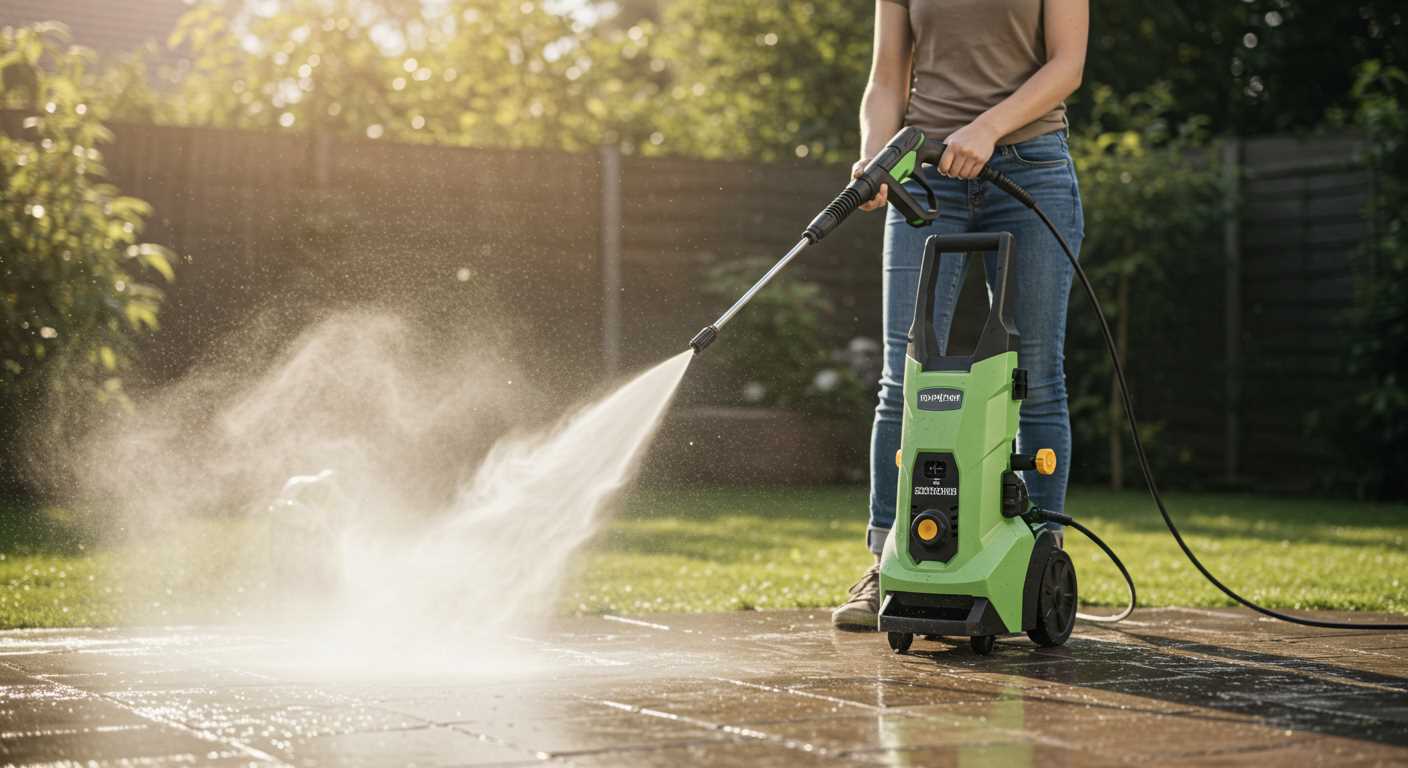
Investing in the right accessories can significantly enhance your cleaning tasks. I’ve found that certain attachments are indispensable for achieving optimal results. For instance, a surface cleaner is invaluable for large, flat areas like driveways and patios. It reduces streaking and saves time compared to using a standard nozzle.
Choosing the right brushes
Brushes are another area where the right choice makes a difference. A rotating brush attachment is superb for tackling stubborn grime on surfaces like decks or vehicles. The bristles agitate the dirt effectively while the high-pressure stream washes it away. I’ve seen remarkable results when using a soft bristle brush for delicate surfaces such as car paint, avoiding scratches while still getting a thorough clean.
Understanding detergent tanks and foaming wands
A detergent tank or a foaming wand can elevate your cleaning game, especially for vehicles or heavily soiled surfaces. Using a foaming attachment allows you to apply soap evenly, which clings to the surface longer, breaking down dirt and grime. I always keep a dedicated soap for pressure applications in my arsenal–it makes a noticeable difference in cleaning efficiency. Just be sure to use detergents that are compatible with your equipment to avoid damage.
Researching Brand Reliability and Customer Reviews
Before making a decision, examine the reputation of the manufacturer. Brands with a long history in the industry tend to have a proven track record of quality and reliability. I’ve often found that established companies offer better customer service and support, which can be invaluable if you encounter issues down the line.
Check online platforms like consumer review sites, forums, and social media for real customer feedback. Look for patterns in reviews–if multiple users mention the same problem, it’s likely a valid concern. Here’s a quick process I follow:
- Search for brand reviews on reputable sites.
- Pay attention to the number of positive vs negative reviews.
- Note how the brand responds to criticism; this can reveal their commitment to customer satisfaction.
- Join online communities or forums specific to cleaning equipment to gather insights from other users.
Another key aspect is warranty and guarantee policies. A longer warranty period often indicates the manufacturer’s confidence in their product. I’ve seen brands that back their products with solid warranties tend to perform better in the long run.
Lastly, don’t overlook the importance of accessories and compatible products. For instance, if you’re considering washing your car, ensure the brand offers suitable best car wash soap to use with pressure washer. This can enhance your cleaning experience and maintain the equipment’s longevity.
Considering Warranty and After-Sales Support
Prioritise models that offer a solid warranty. From my experience, a minimum of two years is ideal, especially for electric machines. Some manufacturers extend warranties up to five years, which provides peace of mind. Always read the fine print; certain conditions may apply that could affect coverage.
After-sales support is equally significant. Look for companies that provide accessible customer service through multiple channels–telephone, email, and live chat. I once had a minor issue with a unit, and the swift response I received made all the difference. It’s reassuring to know you can easily reach someone if problems arise.
Consider checking if the brand has a dedicated service centre nearby. This can save you time and hassle in case repairs are needed. Some brands even offer free maintenance checks within the warranty period, which can be a great added benefit.
| Brand | Warranty Period | After-Sales Support |
|---|---|---|
| Brand A | 3 years | 24/7 Customer Service |
| Brand B | 2 years | Email and Phone Support |
| Brand C | 5 years | Live Chat and Service Centres |
Check customer reviews focusing on warranty claims and support experiences. I’ve seen instances where a great warranty was rendered useless due to poor service. A well-reviewed brand with responsive support can save you a lot of headaches later on.

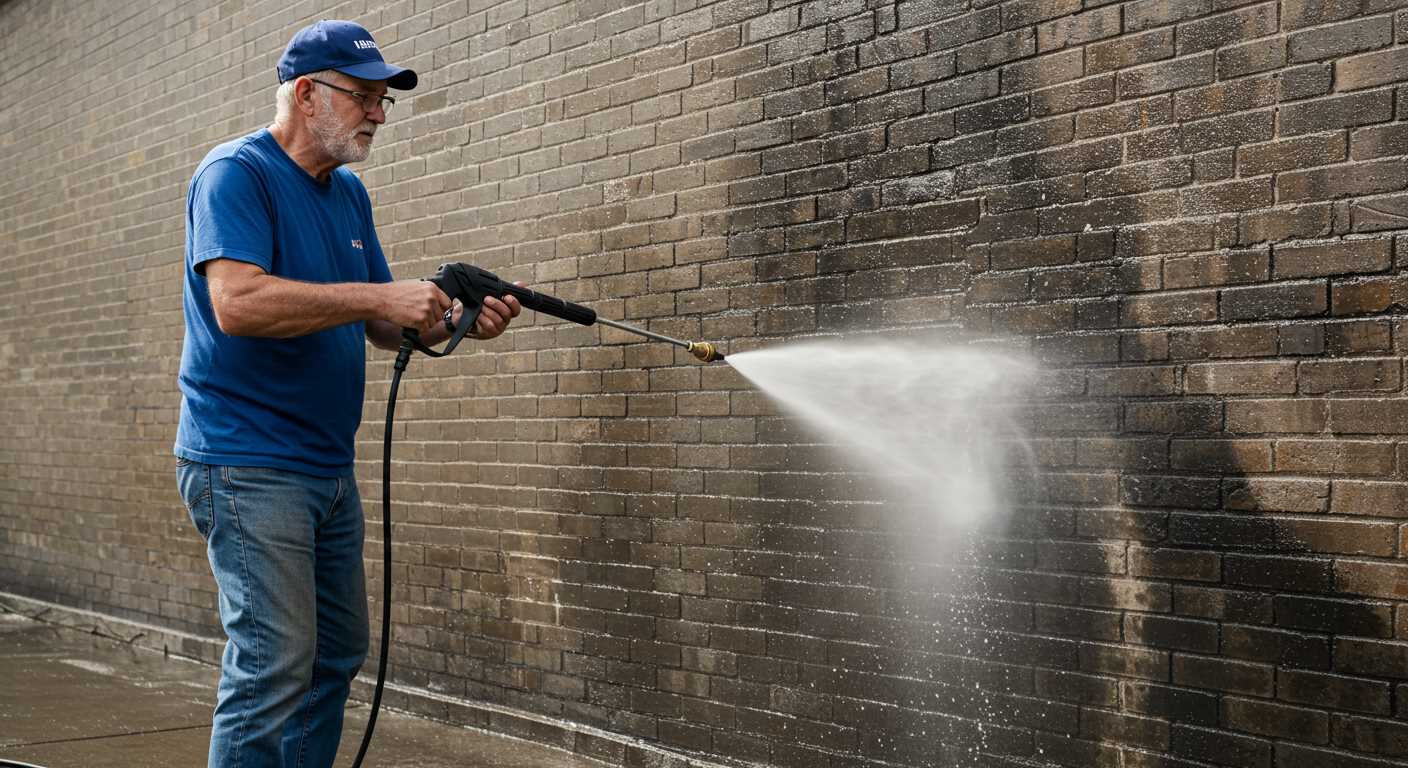


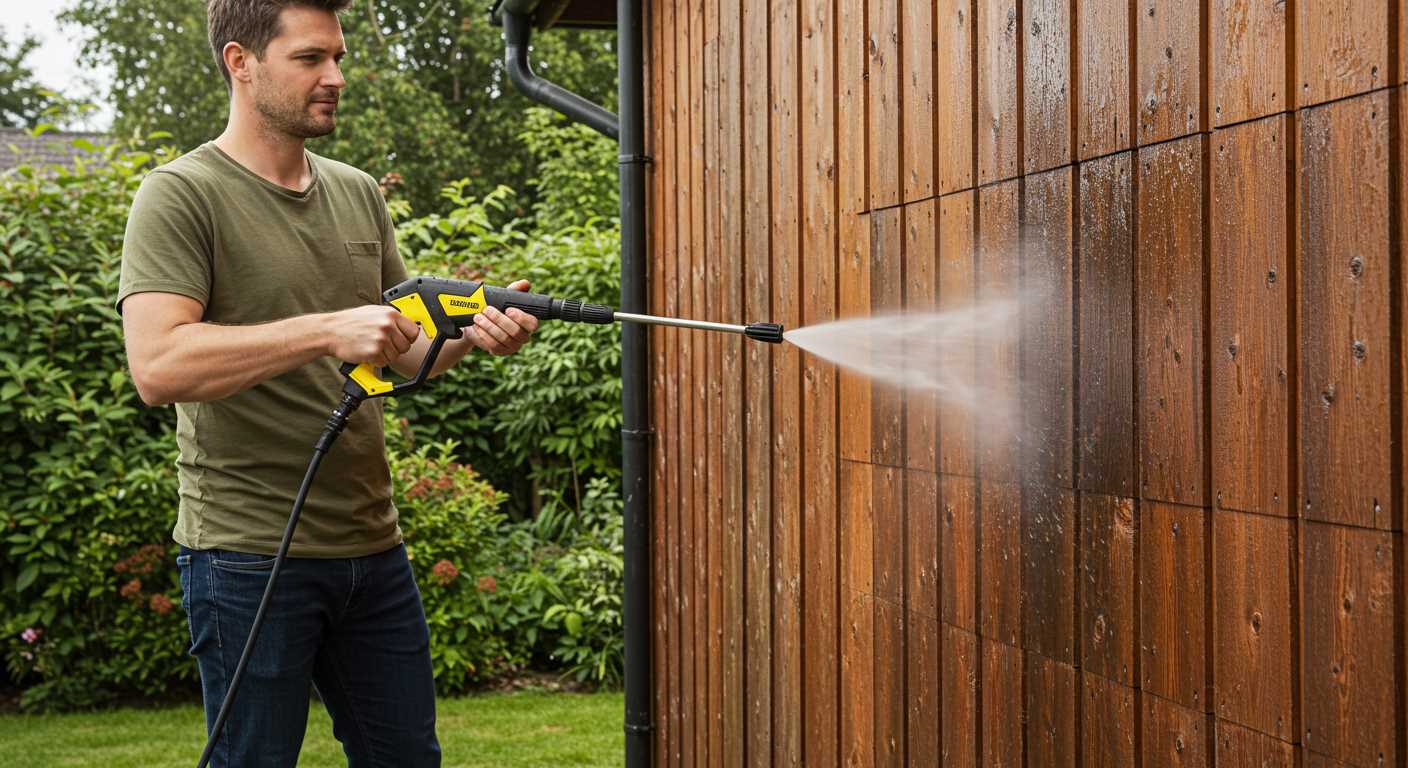
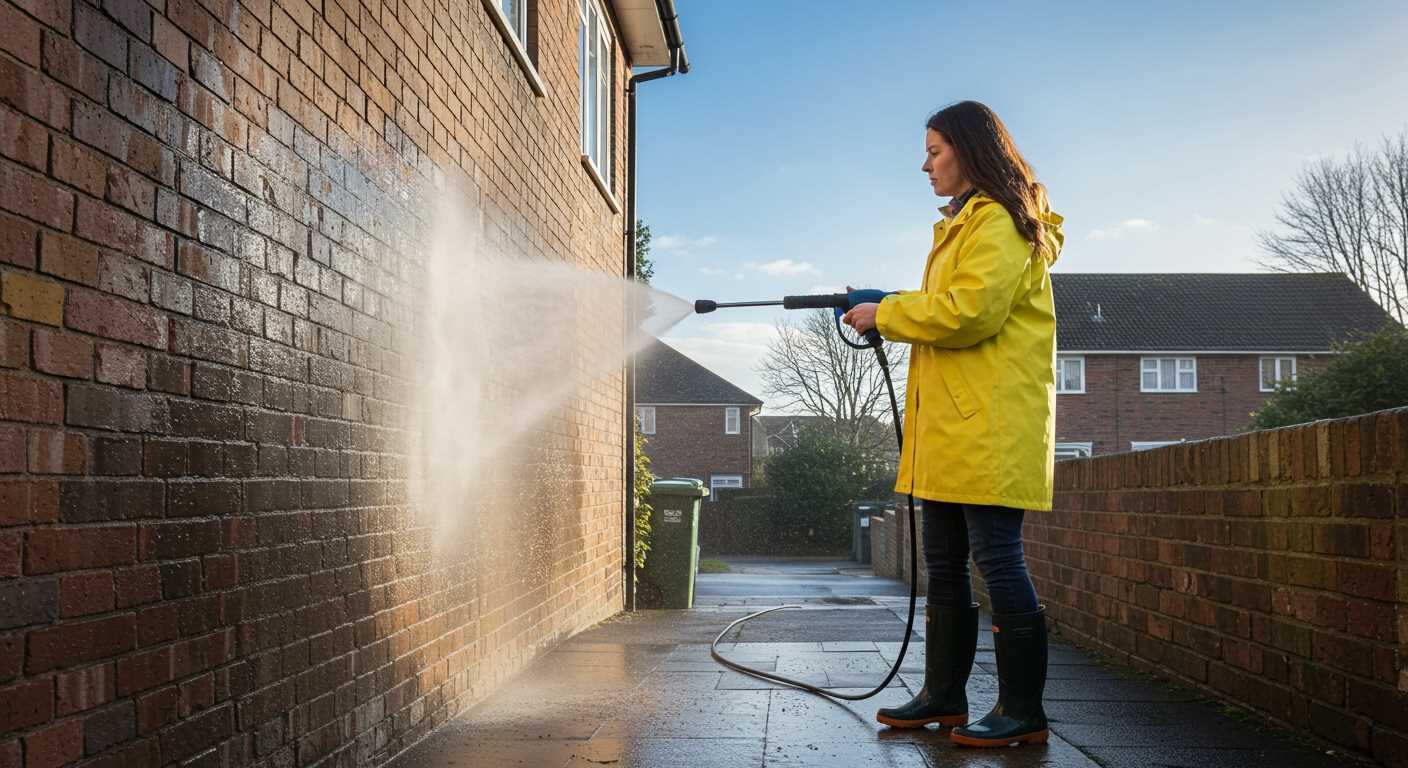
.jpg)


